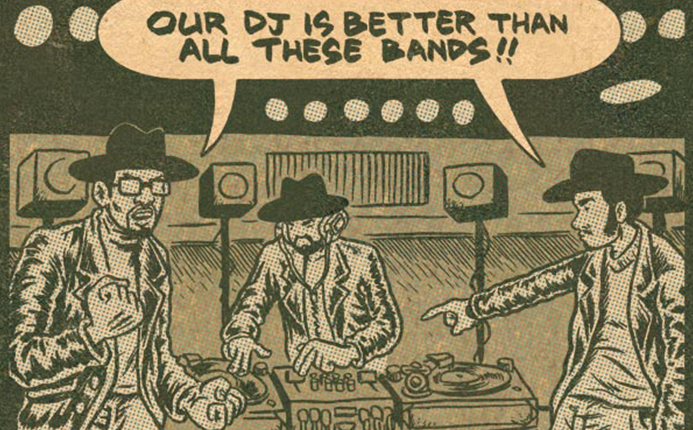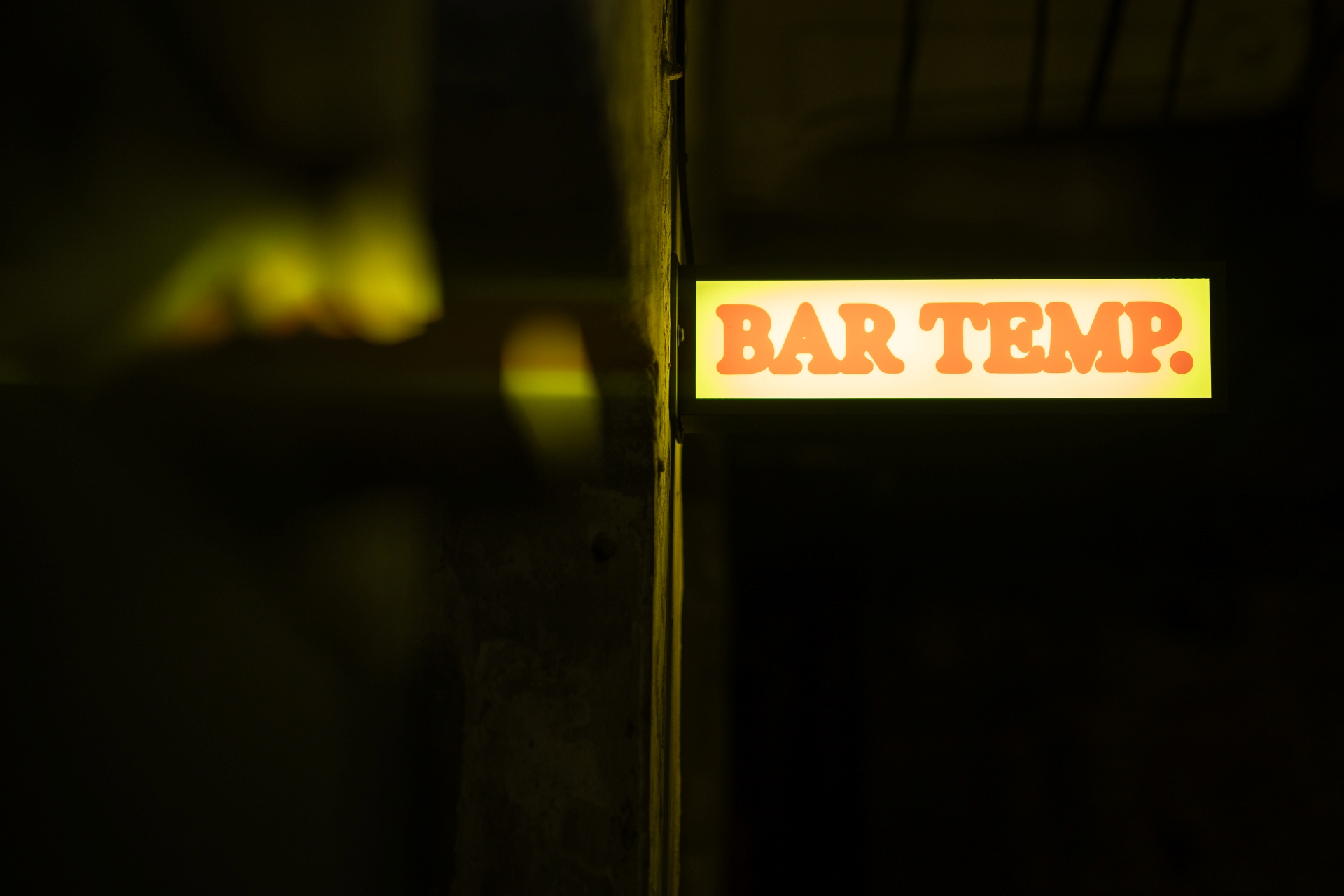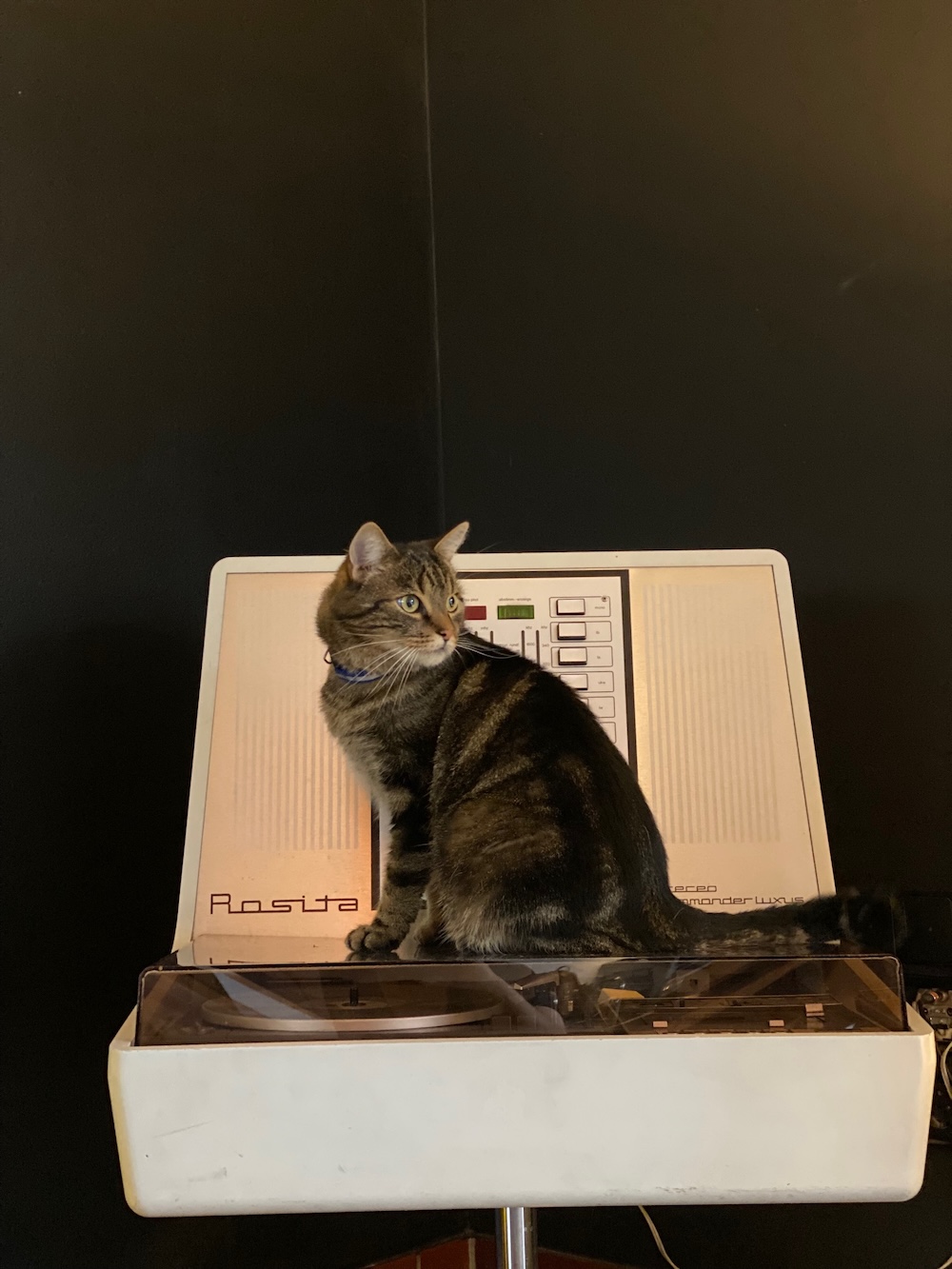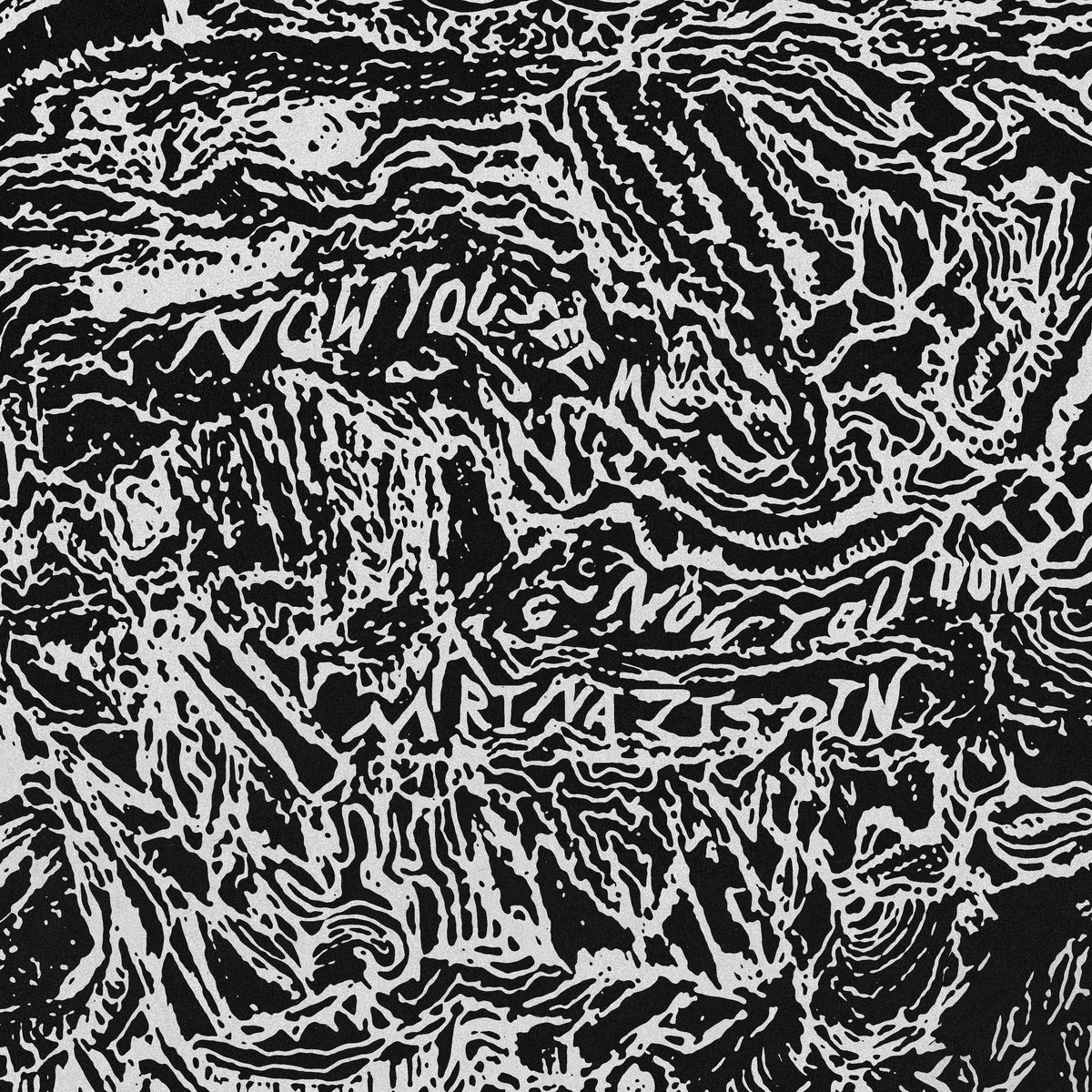Read: Hip Hop Family Tree #3 1983 – 1984

Hip Hop biography can now be split into two camps; before and after Ed Piskor. This third volume of Piskor’s on-going forensic comic book retelling the history of rap, continues to manage a feat so few hip hop biographies have; he’s not just captured the facts, he’s captured the myth.
In Piskor’s case the medium is very much the message. His artwork is directly influenced by the superhero comics of the 70s, with his colours printed using four colour dot matrix over pages he’s stained with a variety of aging techniques. The result gives the rapper’s Piskor writes about a nostalgic, heroic glow, as though they’ve stepped straight from the pages of Amazing Spiderman. Given most MCs love of larger than life outfits, hollered catchphrases, and their constant struggle against oppression, this suits them perfectly. Afrika Bambaata, Flava Flav, LL Cool J; even their names are straight from a comic book.
The visual format also allows Piskor to give the graffiti and breakdancing so integral to the early hip hop scene equal potency, and all three volumes are peppered with his careful recreations of classic dance moves and graf. There is a feeling of a culture gathering unstoppable momentum, sometimes laughing, sometimes tearing at itself, but constantly rushing forward.

But it’s the care and attention to detail that elevate Piskor’s work. Whether it’s quoting lyrics from obscure jams, to detailing behind the scenes conversations between players such as Rick Rubin and Russell Simmonds (who in Book 3 is portrayed as a coke-hoofing mogul in charge of hip hop’s new kings Run DMC), Piskor has researched his subject with a thoroughness that should probably be called obsession. As with volumes #1 & 2, volume #3 has Piskor uncovering fascinating insights into how America dealt with a force it largely didn’t understand. It turns out that no homegrown media company had any interest in funding any serious hip hop films – it was the UK’s Channel 4 that stepped in with the cash to ensure undeniable classics such as Wild Style and Style Wars were made. Meanwhile the more obscure (but no less dope) West Coast documentary Breakin & Enterin, centred around the early careers of luminaries such as Ice T and Egyptian Lover, garnered far more success in Germany than it ever did in the States.

The years ’83-’84 mark hip hops break into the mainstream. As the sound breaks out of the Bronx, the more obscure characters who populated the previous two volumes (Sugarhill artists aside) have been largely replaced with rhymers who went on to change the world; Beastie Boys, Run DMC, Public Enemy, LL Cool J. But Piskor doesn’t shy away from hip hop’s regular flirtation with novelty acts – the Fat Boys are rightfully given they’re place as the cultural phenomenon they were, presented along with the antics of their Swiss snake-oil salesman manager. There are also repeated appearances from a young Krishna practicing, weed selling KRS-One, and, in best comic book fashion, Piskor ends the volume with a cliffhanger surrounding KRS’s future, life changing encounter with Scott La Rock.

Reading this review, it’s pretty obvious I’m a big fan of Piskor. I can dive into this series and the world disappears. I don’t even know if I approached this volume with anything like critical faculties operating; I just let it do it’s thing. And, sure enough, as with the previous two volumes it made me laugh, think, and reminisce, and it did it with class. The hip hop Piskor so lovingly, honestly details has gone on to have a profound effect on the entire world, changing the way people look, talk, think, dance or sing, and the mayhem, genius, disaster and joy that bursts from the pages of Hip Hop Family Tree goes a long way towards explaining why.
Hip Hop Family Tree ##3 is out now from Fantagraphics Books


















Must Reads
David Holmes – Humanity As An Act Of Resistance in three chapters
As a nation, the Irish have always had a profound relationship with the people of Palestine
Rotterdam – A City which Bounces Back
The Dutch city is in a state of constant revival
Going Remote.
Home swapping as a lifestyle choice
Trending track
Vels d’Èter
Glass Isle
Shop NowDreaming
Timothy Clerkin
Shop Now